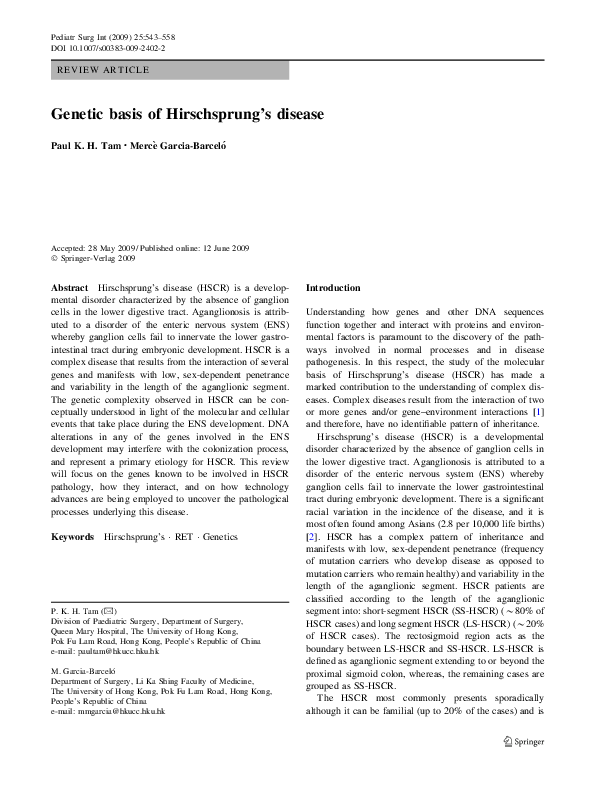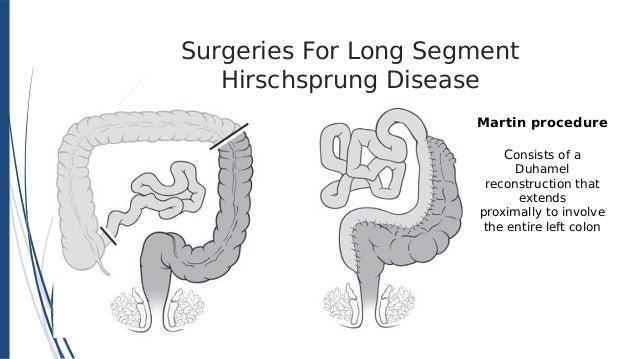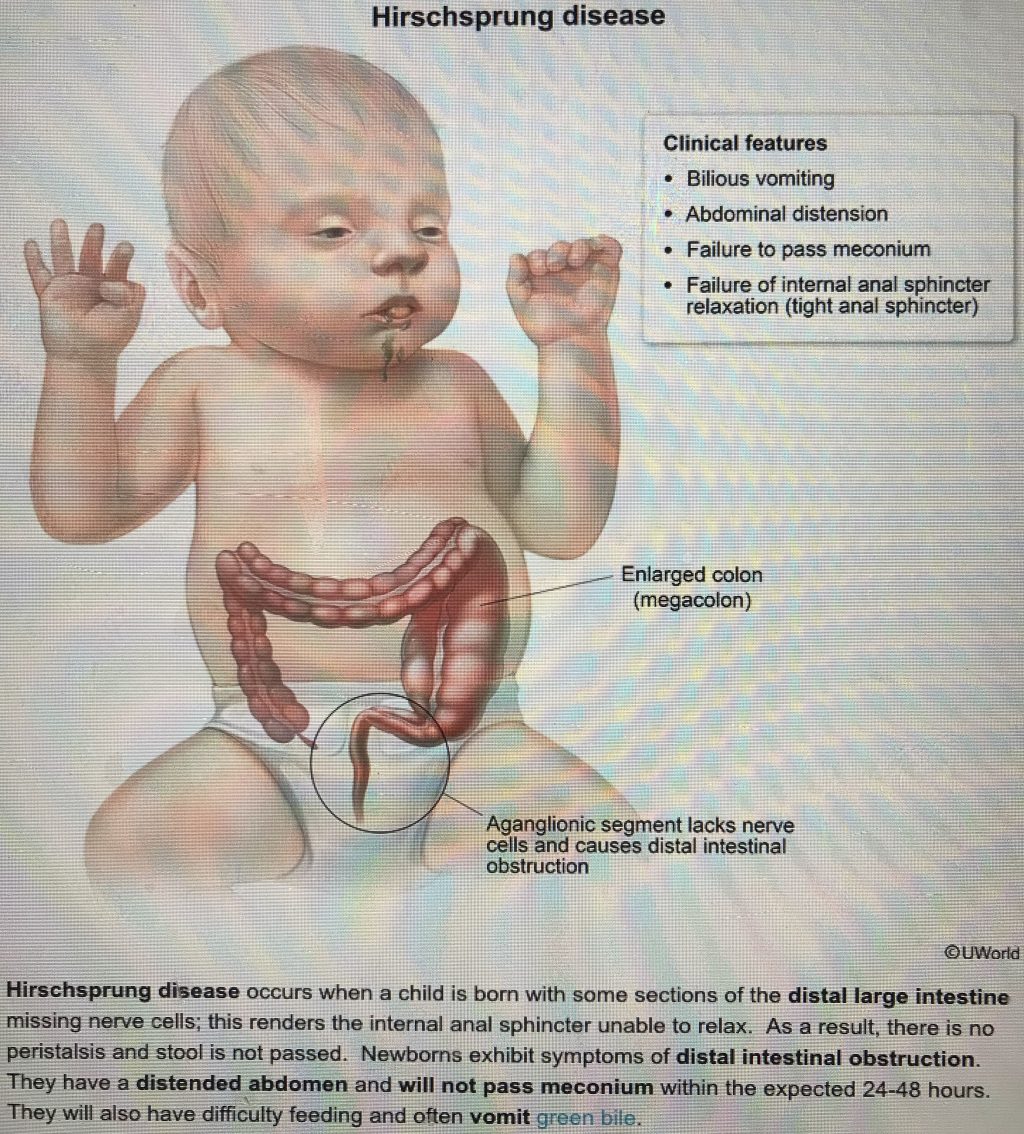Hirschsprung’s disease is a rare but serious condition that affects the digestive system in newborns. It occurs when nerve cells in the intestines fail to develop properly, leading to severe constipation or intestinal blockage. This article explores the causes, symptoms, and treatments of Hirschsprung’s disease, providing essential information for parents, caregivers, and healthcare professionals.
What Is Hirschsprung’s Disease?
Hirschsprung’s disease, also known as congenital megacolon, is a birth defect that affects the large intestine (colon). In this condition, the nerve cells that control bowel movements do not form correctly in the lower part of the colon. These nerve cells, called neural crest cells, are responsible for signaling the muscles in the intestines to contract and move waste through the digestive tract.
When these nerve cells are missing, the affected section of the colon becomes unable to push stool forward, causing a blockage. This can lead to severe constipation, swelling of the abdomen, and other complications if left untreated.
How Common Is Hirschsprung’s Disease?
Hirschsprung’s disease affects approximately 1 in every 5,000 births. It is more common in males than females, with a ratio of about 3 to 4 times higher in boys. The condition can occur in any race or ethnicity, though it may be more prevalent in certain populations.
While the exact cause of Hirschsprung’s disease is not fully understood, researchers believe it involves genetic factors. Some cases are linked to specific gene mutations, such as those involving the RET gene. In some families, the condition may recur, suggesting a hereditary component.
What Are the Symptoms of Hirschsprung’s Disease?

The symptoms of Hirschsprung’s disease vary depending on the age of the child and the extent of the condition. In newborns, the most common signs include:
- Not passing meconium (the first stool) within 48 hours of birth
- Vomiting green or brown fluid
- Swollen or bloated abdomen
- Difficulty feeding
- Explosive stools or diarrhea after a rectal exam
In older children and adults, symptoms may include:
- Chronic constipation that does not respond to laxatives
- Abdominal swelling
- Poor weight gain or failure to thrive
- Diarrhea or other signs of enterocolitis (inflammation of the intestines)
It is important to note that some children may not show symptoms at birth and may only be diagnosed later in life. Adults with undiagnosed Hirschsprung’s disease often have a history of long-term constipation and abdominal discomfort.
What Causes Hirschsprung’s Disease?
Hirschsprung’s disease is caused by the absence of nerve cells in the colon. During fetal development, these nerve cells should migrate from the spinal cord to the entire length of the intestines. However, in some cases, this migration is incomplete, leaving a segment of the colon without the necessary nerves.
Scientists believe that this issue is related to genetic mutations. Research has identified several genes, including RET, EDN3, and EDNRB, that play a role in the development of the enteric nervous system. Mutations in these genes can disrupt the normal formation of nerve cells in the intestines.
In some cases, Hirschsprung’s disease is associated with other conditions, such as Down syndrome (trisomy 21), which increases the risk of the disease. Other malformations, such as heart defects or urogenital abnormalities, may also occur alongside Hirschsprung’s disease.
How Is Hirschsprung’s Disease Diagnosed?

Diagnosis of Hirschsprung’s disease typically begins with a physical examination and medical history. If a baby is not passing meconium within 48 hours, doctors may suspect the condition. Additional tests are used to confirm the diagnosis, including:
- Rectal exam: A doctor may insert a finger into the rectum to check for muscle tightness or resistance.
- Abdominal X-ray: This test can show signs of intestinal blockage or distension.
- Barium enema: A contrast dye is used to visualize the colon and identify areas of narrowing.
- Biopsy: A small tissue sample from the colon is examined under a microscope to check for the absence of nerve cells.
Early diagnosis is crucial, as untreated Hirschsprung’s disease can lead to life-threatening complications, such as enterocolitis (infection of the intestines).
What Are the Treatments for Hirschsprung’s Disease?

The primary treatment for Hirschsprung’s disease is surgery. The goal of surgery is to remove the section of the colon that lacks nerve cells and connect the healthy portion of the colon to the rectum. This allows for normal bowel function.
There are two main types of surgical procedures:
- Pull-through procedure: This is the most common method. The affected segment of the colon is removed, and the healthy part is pulled through and connected to the rectum.
- Colostomy: In some cases, especially if the child is very ill, a temporary colostomy may be created to allow the intestines to heal before the pull-through procedure is performed.
After surgery, most children experience significant improvement in their bowel habits. However, some may require ongoing management of constipation or other gastrointestinal issues.
What Are the Long-Term Outlook and Complications?
With early diagnosis and proper treatment, most children with Hirschsprung’s disease go on to lead normal, healthy lives. However, some may experience long-term challenges, such as:
- Chronic constipation
- Fecal incontinence
- Intestinal infections (enterocolitis)
Regular follow-up with a pediatric gastroenterologist is recommended to monitor for any complications and ensure optimal bowel function.
Children who have Hirschsprung’s disease and also have Down syndrome may face additional developmental and health challenges that require coordinated care.
Conclusion
Hirschsprung’s disease is a rare but treatable condition that requires prompt diagnosis and intervention. Understanding the causes, symptoms, and treatment options is essential for parents and caregivers. Early detection can prevent serious complications and improve long-term outcomes.
If you suspect your child may have Hirschsprung’s disease, consult a healthcare provider immediately. With the right care, many children can lead full and active lives.
Meta Title: US Trending News: Understanding Hirschsprung’s Disease
Meta Description: Learn about the causes, symptoms, and treatments of Hirschsprung’s disease. Stay informed with the latest health updates.
Author: Dr. Emily Thompson
Title/Role: Pediatric Gastroenterologist
Credentials: Dr. Thompson is a board-certified pediatric gastroenterologist with over 10 years of experience treating children with gastrointestinal disorders. She specializes in diagnosing and managing conditions like Hirschsprung’s disease.
Profile Link: Dr. Emily Thompson – Pediatric Gastroenterology
Sources:
1. Cleveland Clinic – Hirschsprung’s Disease
2. Mayo Clinic – Hirschsprung’s Disease
3. National Institute of Child Health and Human Development – Hirschsprung’s Disease
Related Articles:
– Understanding Congenital Disorders in Newborns
– Pediatric Gastrointestinal Conditions
– Genetic Factors in Birth Defects
Call to Action: Stay updated with the latest news and health insights. Explore our website for more information on childhood diseases and medical advancements.












More Stories
What Is Yodo Para Tiroides and How Does It Affect Thyroid Health?
What is WSET? A Comprehensive Guide to Wine Education
US Trending News: What Are Winter Bones? A Guide to the Seasonal Trend in Bone Health